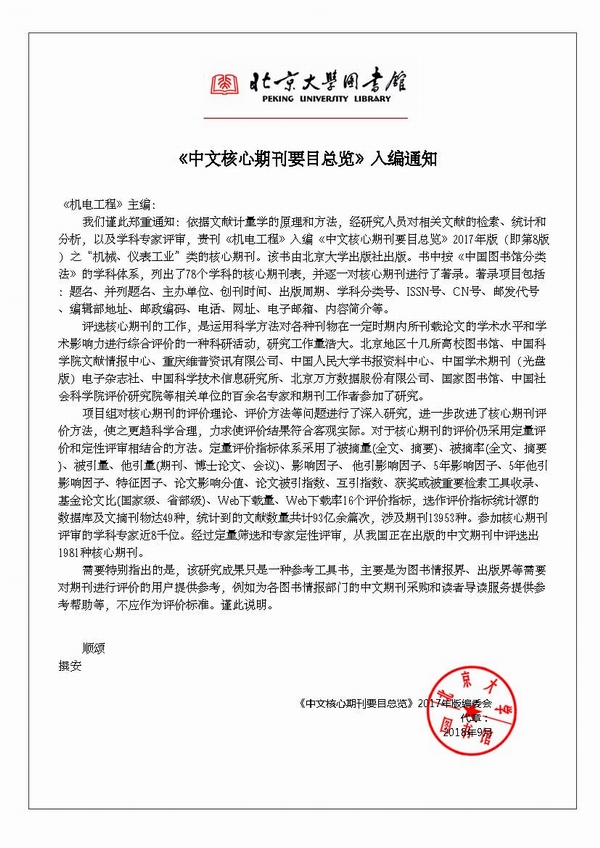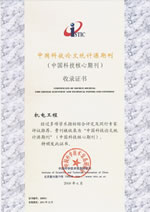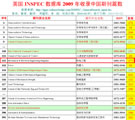
Founded in 1971 >
Chinese Sci-tech Core Periodicals >
British Science Abstracts (SA, INSPEC) Indexed Journals >
United States, Cambridge Scientific Abstract: Technology (CSA: T) Indexed Journals >
United States, Ulrich's Periodicals Directory(UPD)Indexed Journals >
United States, Cambridge Scientific Abstract: Natural Science (CSA: NS) Indexed Journals >
Poland ,Index of Copernicus(IC) Indexed Journals >
International Standard Serial Number:
ISSN 1001-4551
Sponsor:
Zhejiang University;
Zhejiang Machinery and Electrical Group
Edited by:
Editorial of Journal of Mechanical & Electrical Engineering
Chief Editor:
ZHAO Qun
Vice Chief Editor:
TANG ren-zhong,
LUO Xiang-yang
Tel:
86-571-87041360,87239525
Fax:
86-571-87239571
Add:
No.9 Gaoguannong,Daxue Road,Hangzhou,China
P.C:
310009
E-mail:
meem_contribute@163.com
Analysis of fluidstructure coupling of torque limited hydrodynamic coupling under full filling condition
REN Hao-zong1,2, WANG Shi-ying1,2, LV Ming1,2, ZHANG Jia-hua1
(1.College of Mechanical Engineering, Taiyuan University of Technology, Taiyuan 030024, China;
2.Shanxi Key Laboratory of Precision Machining, Taiyuan 030024, China)
Abstract: Aiming at the problem that the torquetype coupling is damaged under normal working conditions, the speed, pressure and vector of the coupling were analyzed, and the force characteristics of the coupling impeller were studied. Based on the D483 torquetype fluid coupling, the periodic geometric model and flow path model of the coupling were established. The ANSYS Fluent was used to simulate the speed and pressure of the fluid region in the typical working conditions of the clutch, traction and rated conditions of the coupling, and the turbine torque of different speed ratios was obtained. The static analysis software of ANSYS Workbench was used, the unidirectionally coupled fluidsolid coupling method was used to transfer the calculated data of the fluid region to the blade structure, and the centrifugal load was applied to the pump wheel and the turbine. Finally, the overall deformation and equivalent stress of the blades was obtained under three working conditions. The results show that the vortex, secondary flow and reflow in the working cavity consume the energy of the coupling, which provides an effective way for the structural optimization of the coupling and the improvement of its working efficiency. The force characteristics and deformation of the blade are obtained by fluidsolid coupling method, and the possibility that the coupling is broken due to the normal stress of the working fluid is eliminated.
Key words: torque limited hydrodynamic coupling; Fluent; fluidstructure coupling(FSI); force characteristics








